

Julie & Fabrizio

Julie & Fabrizio
Things to Do / Cosa visitare nelle vicinanze
Salsomaggiore Terme
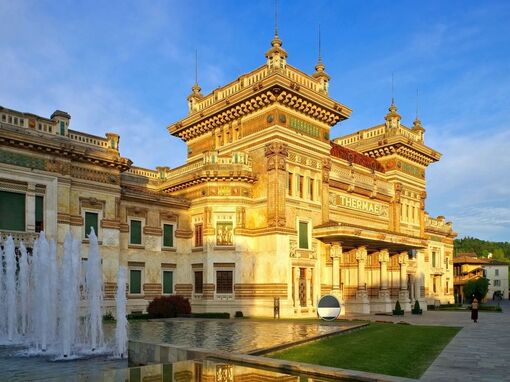
Salsomaggiore Terme is one of Italy's most famous spa facilities.
The name of this resort town refers to the thermal waters that flow there. These waters were renowned as early as Roman times and since 1839 have been consistently used in body and wellness treatments.
The town affords a number of spas, restaurants, museums and castles to explore. A few suggestions are...
1. Thermal Bath: Terme Berzieri
2. Restaurant: Ristorante Pizzeria L'incontro
3. Museum: Museo Mare Antico e Biodiversita
Piacenza
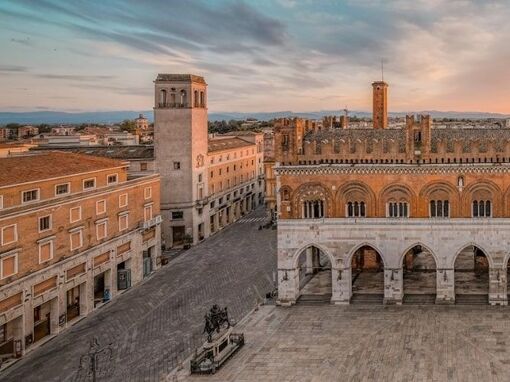
Piacenza is the most western city of the Emilia-Romagna region, in Northern Italy.
It is always nice to visit Piacenza. During summer, you can get lost in the streets of the centre or visit the vineyards and restaurants or festivals in the villages of the province, as well as take a few refreshing dips in the river Trebbia – much loved by the locals for its crystal-clear water.
Situated on the banks of the Po River, is well known for its rich history, art and architecture, but also for its wine, cheese and cured meats. Perfect for a romantic getaway or a day out in the countryside enjoying good food and wine.
There are several things to do in Piacenza days and nights. Here are some suggestions:
• Start your day with a great breakfast in Corso Vittorio Emanuele II (the main street of this medieval city). We suggest trying the meringues of Galetti, a historical patisserie of Piacenza. Take a stroll around the historic city centre, where you can admire the beautiful architecture and charming streets, also beautifully illuminated at night.
• From that, you can walk to Piazza Cavalli where you can find Palazzo Gotico, a 13th-century gothic-style palace that now serves as the town hall and is worth a visit.
• Then stop by the summit of Duomo di Piacenza (Piacenza Cathedral). This beautiful Romanesque church dates to the 12th century and features stunning artwork and frescoes, as well as a breathtaking view over the city.
• Enjoy some delicious Italian food at one of the many local restaurants in the city centre or in the many gastronomies where you can still find Tortelli and Anolini as from the tradition.
• If you get the chance, take a tour inside the Passerini-Landi library, and ask about the "silence study room", where you can find a beautiful example of a completely renovated historical archive.
• Make sure to stop by Palazzo Farnese. The palace of the Dukes was built in the 16th century and is considered one of the most important examples of Renaissance architecture in Italy, which preserves a large collection of works of art from all over Italy.
• Piacenza has several bars, cafes and local wineries where you can enjoy a drink or an aperitivo in the evening (or just before lunch).
• Watch a movie or a play: Teatro Municipale and Cinema Corso are beautiful theatres that host a variety of cultural events, including plays, concerts, and movie screenings.
Parma
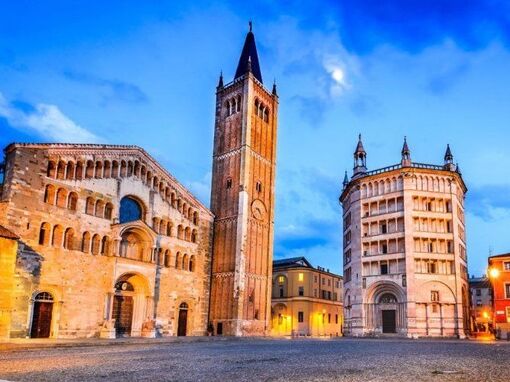
Parma is a charming city, full of life.
The second biggest city of Emilia Romagna has a lively and cheerful spirit.
Art and music have always played a key role in Parma, so that the city earned the title of "city of music" due to its musical history (Giuseppe Verdi was born in Busseto, a stone's throw from Parma).
Parma was also the capital of a duchy that flourished during the Middle Ages. This prosperity has left an important trace that you can see on the streets of the historic center among theatres, churches, monasteries and chic villas.
For its varied gastronomy, Parma has also received the "UNESCO Creative City for Gastronomy" award: after all, we are in the land of raw ham and Parmesan, two cornerstones of Italian cuisine.
Rivergaro (Fabrizio's hometown)
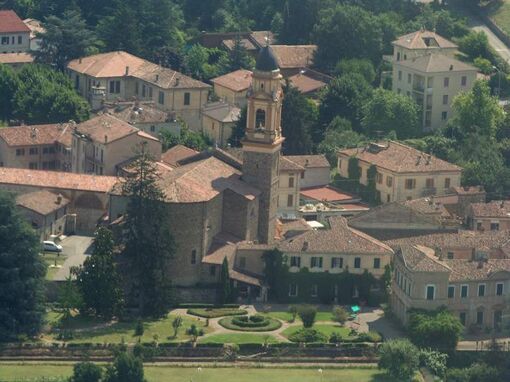
Rivergaro is a small town in the low part of the Trebbia Valley, nestled on the right shore of the Trebbia River in the area of the Piacenza hills where the lowlands cease and the valley narrows, along the first extensions of Ligurian Apennines.
Summer is the the best period for spending holidays or leisure time in Rivergaro: many one day-tourists find in the village a shelter from the hot weather: there is an equipped area along the river Trebbia and many events arranged by local associations.
The Sanctuary of Madonna delle Grazie stands above Piazza Paolo, on the castle ruins and it’s a unique point of view on the hills. From there, a path leads to the small Madonna fountain.
The parish Church of Saint Agata was built in the early years of the XIX century and Saint Rocco oratory was rebuilt on a pre-existing religious construction in 1613; they are both worth a visit.
In the town and in the nearby areas you can taste typical local food with PDO, DOC and PGI brands on the Route of wines and tastes of Piacenza hills.
You can’t leave Rivergaro without a visit of the old town, with its winding roads, houses made of stones and a wonderful noble Villa.
For those looking for fun, the River Aquatic Park puts at their disposal aquatic games and water slides for all ages.
Milan
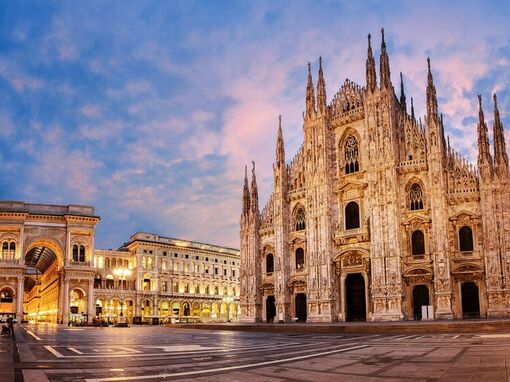
Milan is internationally recognized as one of the world’s most important fashion capitals, but it also has a wealth of interesting museums and things to see and do.
Some of the city’s most beautiful attractions include the Duomo di Milano, an impressive Opera House, a striking castle, ancient churches, and a great variety of museums and art galleries.
For those that also want to get away from the hustle and bustle of city life, you can hire a car or take the train to one of the prettiest landscapes of northern Italy, the Italian lakes. Its green hills and crystal-clear lakes make it a perfect summer destination.